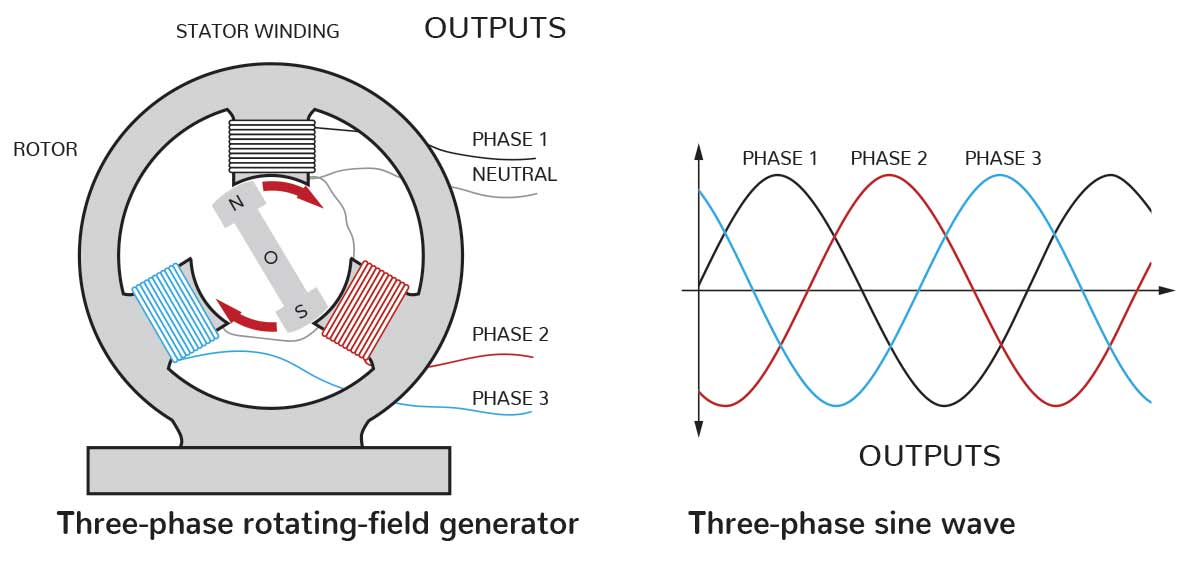Electricity explained
What is electricity?
Electricity is the flow of electrical power or charge. It is a one of the most widely used forms of energy.
The electricity that we use is known as a secondary energy source because it is produced by converting primary sources of energy such as coal, natural gas, nuclear energy, solar energy, water and wind energy, into electrical power. Electricity is also referred to as an energy carrier. This means that it can be converted to other forms of energy such as mechanical energy or heat. Primary energy sources are renewable or non-renewable energy, but the electricity we use is neither renewable nor non-renewable.
The science
Everything surrounding the science of electricity starts with an atom. Some atoms have electrons that can be more easily removed than others. These are called conductors. In copper molecules, the outside valence electron is the sole one in its orbit and can easily be pulled away. This is similar to atoms such as gold and silver, but copper is more readily available and at a much lower cost. This is the reason why copper is most often used in facilitating electricity.
Insulators are used to wrap around electricity conductors to keep electrons from escaping once they have been stripped. Insulators contain atoms that hold on to their electrons tightly and restrict the flow of electrons from one atom to another. Due to the tightly bound electrons, they are not able to roam around freely. Some common insulator materials are glass, plastic, rubber, air and wood. Insulators can be used to protect us from the dangerous effects of electricity flowing through conductors. This is seen in the thick rubber soles of work boots.
Putting insulators and conductors together creates the ideal wiring needed to transmit electricity. However, there is still one issue: once electrons are stripped, they can move around in any direction. To make electricity, electrons need to be flowing in the same direction at the same time. To solve this, a circuit is used to organize the electrons. An electrical circuit is a path in which electrons from a voltage or current source flow.
Electrons will flow consistently around a circuit as long as a battery or generator is creating an electric field inside the wire. This flow of electrons around a circuit is called electric current. Electric current can either be direct, like a battery going only in one direction, or alternating, where the current moves more like a tug of war.
Voltage and frequency
Voltage is what pushes the electrons around a circuit. In this power station, voltage was produced from the pressure of an electrical circuit’s power source (generator) that pushed charged electrons (current) through a conducting loop (circuit). Generally, the more voltage there is, the more current flows. In North America, households are wired for 120 and 240 volts.
While in operation, magnetic fields were created inside the power station’s generators by wrapping copper wires around a stationary magnet. As the electrons passed the positive end of the magnet, they were pushed in one direction. The electrons moved the quickest the closer they were to the magnet, and slower the further they were away from it. Then, as the electrons passed the negative side of the magnet, they were pushed in the opposite direction. This created a wave as the flow of electrons moved from negative to neutral to positive. This movement is called a phase.
One full cycle from positive to negative is called a frequency. The number of times an electrical current changes direction in a second is measured in hertz (Hz). During operation, the generators in this power station rotated at a rate of 25 times per second, causing the current to change direction the same number of times, or at 25 Hz frequency.

